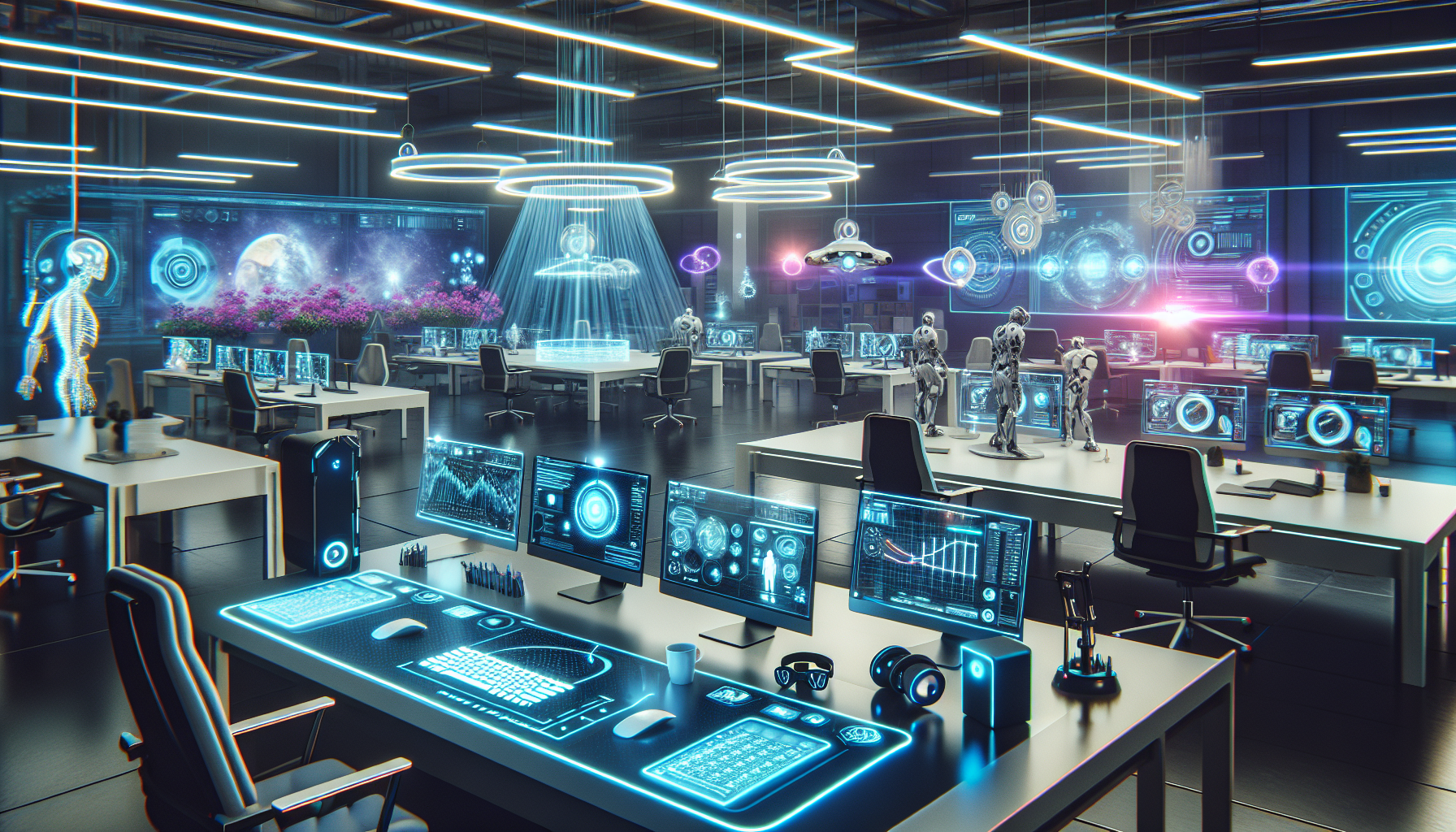In the rapidly evolving world of technology, artificial intelligence continues to push boundaries, transforming how we interact, learn, and create. Google, known for its pioneering role in tech advancements, has recently introduced an array of AI tools designed to enhance productivity, creativity, and education. This article delves into ten of the most remarkable AI innovations released by Google, showcasing their capabilities and the ways they can reshape our experiences.
One of the standout tools is Socratic, an AI-powered educational assistant that has garnered attention for its user-friendly approach to learning. Originally developed by a different company and acquired by Google in 2019, Socratic significantly enriches the educational landscape by providing students with comprehensive support across various subjects. Users can simply take a photograph of a question or problem, and Socratic utilizes cutting-edge AI technology to deliver detailed explanations. These solutions encompass video tutorials, textual overviews, and links to relevant resources, helping students grasp difficult concepts in engaging ways. Whether tackling complex math equations or exploring intricate historical events, Socratic makes learning accessible and enjoyable, effectively transforming the traditional study experience.
Notebook LM is another notable innovation, designed with researchers and students in mind. Serving as a virtual research assistant, it addresses one of the most significant challenges in academia: note management and retrieval. With the ability to upload research papers, users can pose specific questions to Notebook LM, which swiftly sifts through the content to extract pertinent information. This tool also provides links to citations and sources, ensuring that users have access to verified data. By eliminating the frustration of manual searches through lengthy documents, Notebook LM streamlines the research process and empowers users to focus on analysis and synthesis rather than mere information gathering.
Anticipation surrounds Google Vids, an AI-enhanced video creation tool that promises to revolutionize the realm of multimedia production. While still in development, Google Vids aims to offer an intuitive platform for video writing, production, and editing. Users will benefit from a collaborative environment similar to Google Docs, enabling teams to work together seamlessly on video projects. With features that allow for the creation of editable storyboards and the automatic generation of draft videos using stock images, music, and voiceovers, Google Vids is set to simplify the video creation process significantly. This innovative tool opens the door for both professional filmmakers and casual content creators to produce high-quality videos with relative ease.
Google is also leveraging AI to enhance existing services, as evidenced by the improvements made to Google Maps. One of the most exciting features is the Immersive View, which allows users to virtually experience locations before physically navigating there. By combining millions of images from aerial photography and street views, this feature offers a realistic simulation of a journey, transforming how people plan their travel. Furthermore, the integration of Google Lens into Maps provides additional functionality, enabling users to glean information about nearby establishments in real time. This innovative approach enriches users’ experiences and helps them make informed decisions based on their surroundings.
In an era where sustainability is paramount, Google has also introduced features tailored for Electric Vehicle (EV) drivers. Recognizing the challenges associated with charging infrastructure, Google Maps now includes tools designed to alleviate “charging anxiety.” By providing information about nearby charging stations, estimated wait times, and real-time availability, this feature significantly enhances the travel experience for EV users, allowing them to plan their journeys with confidence.
The tool known as Google Assistant has also received updates that elevate its utility and user experience. With advancements in natural language processing and machine learning, Google Assistant can now understand context better than ever before. This means that users can engage in more fluid conversations with their Assistant, asking follow-up questions and receiving tailored responses based on prior interactions. From setting reminders to answering complex queries, Google Assistant continues to serve as an indispensable digital companion, simplifying everyday tasks and providing timely information at users’ fingertips.
Another exciting AI innovation is Google Cloud AutoML, a platform designed to democratize machine learning. With AutoML, users from various backgrounds can build, train, and deploy machine learning models without needing extensive programming knowledge. This tool is particularly valuable for businesses seeking to leverage data-driven insights without investing heavily in technical expertise. By simplifying the process of model creation, Google enables organizations to harness the power of AI, driving innovation across sectors.
BERT, or Bidirectional Encoder Representations from Transformers, has also been a game-changer in natural language processing. This AI model enhances Google’s search algorithms, allowing them to understand the context and nuances of user queries better. By processing language in a more human-like manner, BERT improves the accuracy of search results, ensuring that users find the most relevant information quickly. This technology has significant implications for content creators, marketers, and businesses, as it emphasizes the importance of producing high-quality, contextually relevant content to rank effectively in search results.
Google Photos has integrated AI capabilities that make photo management more intuitive. With features like automatic photo tagging and facial recognition, users can effortlessly organize and locate images within their libraries. Google Photos also employs AI to enhance photo quality, enabling automatic adjustments that optimize lighting, clarity, and color balance. These innovations not only streamline the user experience but also elevate the quality of personal and professional photography.
Finally, Duet AI in Google Workspace represents a significant innovation for collaborative work environments. This AI tool assists users in generating documents, presentations, and spreadsheets by providing smart suggestions and content recommendations. By analyzing the context of a user's work, Duet AI can propose relevant data, streamline workflows, and foster creativity. This enhancement supports teams in creating polished, professional documents efficiently, promoting productivity and collaboration in workplaces around the globe.
As we continue to harness the power of artificial intelligence, Google’s advancements showcase a future filled with potential. By enhancing education, streamlining research, revolutionizing video production, and transforming everyday tasks, these tools represent a significant leap forward in technology.
The introduction of these AI innovations reflects an optimistic outlook on how technology can enhance our lives, fostering creativity, collaboration, and efficiency. As we embrace these advancements, the possibilities for growth and development in various fields become limitless.



